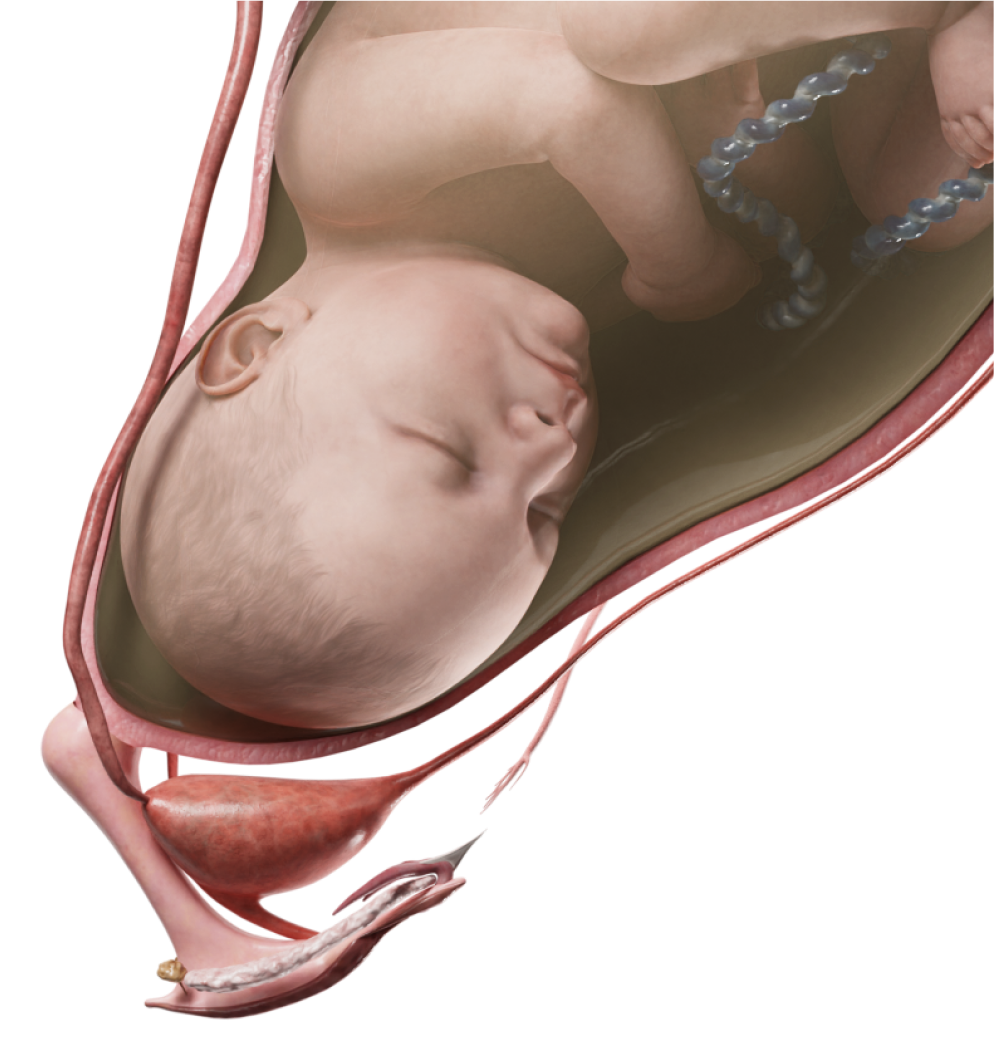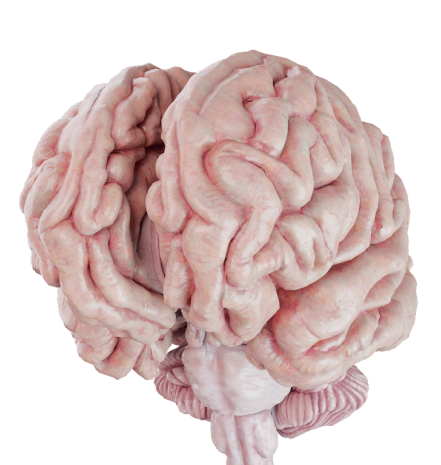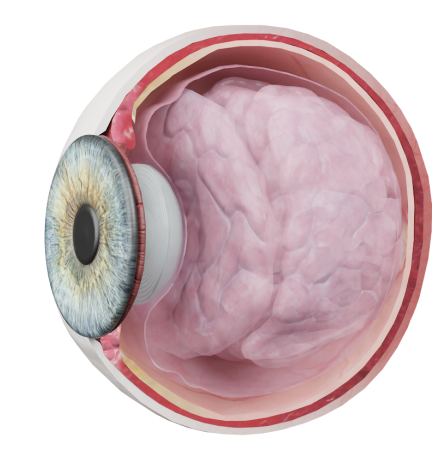Aberrant subclavian artery
This pathology model shows a type I aberrant right subclavian artery combined with a rare anatomical variation of aortic arch branching pattern known as a bicarotid trunk. It means that the left and right common carotid arteries stem from the aortic arch as one trunk.
Anatomic Pathology
The aberrant right subclavian artery originates from the aortic arch, distal to the left subclavian artery. Typically, it courses between the esophagus and the trachea, and in rare cases, anterior to the trachea.
Pathophysiology
The aberrant right subclavian artery tends to compress the esophagus and/or trachea, which in turn impairs respiration and swallowing. If an aneurysm develops, it may exacerbate compression-related symptoms, trigger thromboembolic complications, and lead to bleeding if ruptured. Over time, occlusive diseases such atherosclerosis and thrombosis decrease blood supply to the subclavian arterial territory.
Classification
- Type I: The aberrant artery has no signs of aneurysmal dilation; only the esophagus and/or trachea are compressed.
- Type II: Occlusive damage to the aberrant right subclavian artery with no signs of aneurysmal dilation is observed.
- Type III: The artery has an aneurysmal dilatation; the aorta remains unaffected.
- Type IV: The artery has an aneurysmal dilatation; the aorta is affected.
Clinical Manifestations
The disease generally presents with dysphagia and sometimes breathing problems. Ischemic and thromboembolic complications may also develop but are less common.
Diagnosis
Doppler ultrasound: visualization of the abnormal artery; blood flow assessment.
CT/MRI: visualization of the aberrant subclavian artery, its location, and size assessment.
Treatment
Surgical intervention may be preferred if the aberrant subclavian artery compresses the esophagus and/or trachea. Surgery aims to reposition the artery to alleviate the pressure. In cases of aneurysmal dilation, arterial grafting may also be required.










